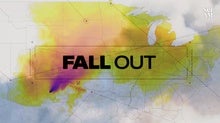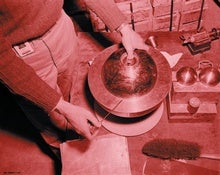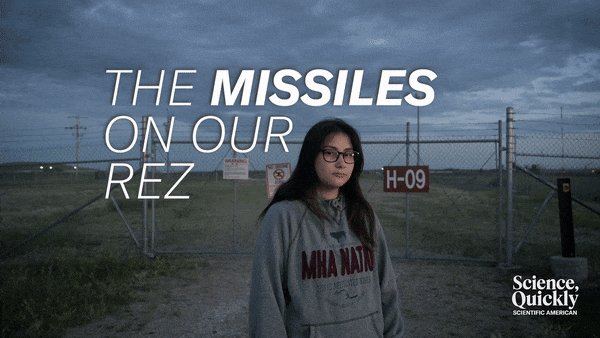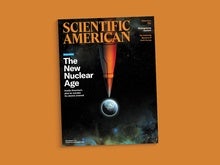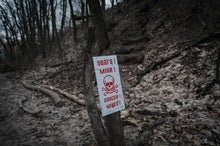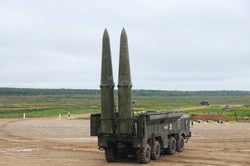 |
| November 14, 2023 |
This week, Scientific American is releasing a special report about a $1.5 trillion U.S. program to refurbish and reinvent our arsenal of nuclear weapons. Read about how factories build these missiles; listen to the stories of the communities that will be most affected by them; and see a chilling map of the geographic regions that would be most at risk of catastrophic damage and life-threatening nuclear fallout if U.S. nuclear missile silos were targeted by a well-armed adversary. |
| | Sophie Bushwick, Associate Editor, Technology
| |
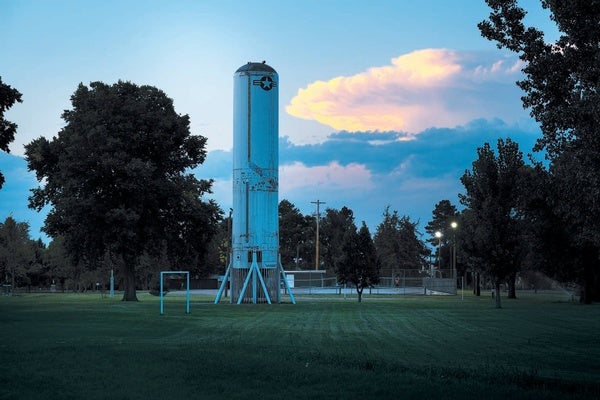 |
| |
| |
| Defense What Radioactive Fallout Tells Us about Our Nuclear Future The U.S. has embarked on the largest and most expensive nuclear build-out ever. The U.S. military says it is necessary to replace an aging nuclear arsenal. But critics fear the risks. |  | By Duy Linh Tu,Nina Berman,Sebastian Tuinder,Dominic Smith,Joseph Polidoro,Jeffery DelViscio | | | |
| |
| Defense How Did Nuclear Weapons Get on My Reservation? A member of the Mandan, Hidatsa and Arikara Nation digs into a decades-long mystery: how 15 intercontinental ballistic missiles came to be siloed on her ancestral lands. |  | By Ella Weber,Sébastien Philippe,Tulika Bose,Jeffery DelViscio | 18:37 | | | |
| |
| |
| |
| |
| |
| |
| |
| |
| |
| |
| QUOTE OF THE DAY
 "In a striking number of the wrongful arrests that have been documented, the [facial-recognition] searches represented virtually the entire investigation." Eyal Press, The New Yorker | |
FROM THE ARCHIVE
 | | | |
LATEST ISSUES
 |
| |
| Questions? Comments?  | |
| Download the Scientific American App |
| |
| |





